Our Two Cents: Best cars for teaching stick-shift
Hagerty encourages everyone to learn how to drive a manual transmission, but sadly our instructional events (called the Hagerty Driving Experience) are geographically unavailable for many a wannabe stick-shift enthusiast. So you, dear reader, have a duty to help your fellow motoring friends and family learn how to drive a manual transmission.
We asked members of our Hagerty Media team for the best choice in automotive learning apparatus for this particular need, and the answers were just as varied as in previous editions of Our Two Cents. You will notice a trend in our responses: cars that are either easy to learn (i.e. not discouraging), or tricky enough to ensure future manual transmission experiences are a breeze for the student.
So here they are, the best cars to drive when teaching someone how to operate a manual transmission!
Not your car. Period.
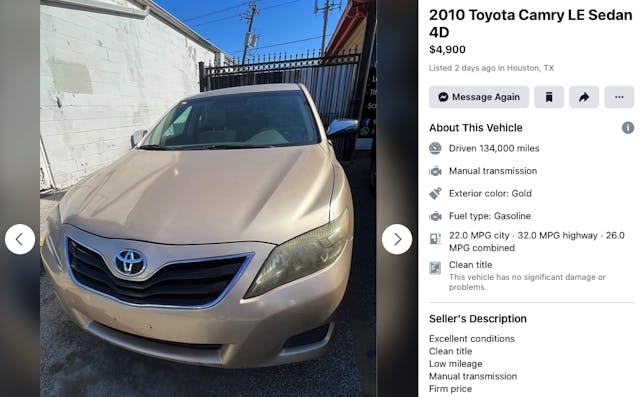
Our own Managing Editor David Zenlea suggested that the best car for this task is “Someone else’s car!”
And there’s a fair bit of truth to that, as nobody wants to deal with replacing a burnt clutch (or worse) because a student gets frustrated and makes a mechanical mistake with your vehicle. But I’d like to think with proper instruction, a properly isolated location, and a calm and reassuring tone that anyone can learn how to drive a stick without causing damage or (more importantly) excessive wear to just about any car, be it an exotic or a raggedy old pickup.
No, use whatever you got
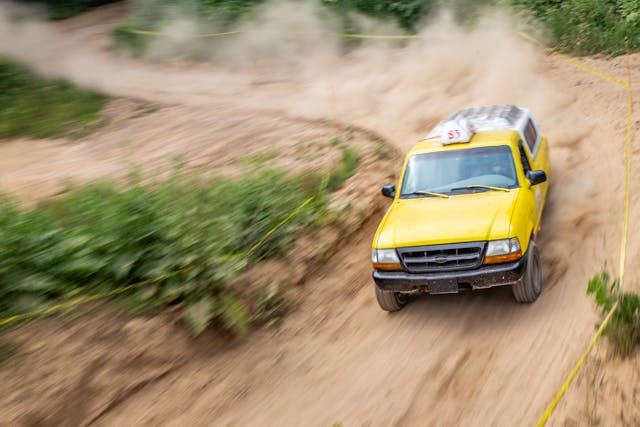
“I’m gonna go with a variation on the old line: The best camera is the one you have with you. (In other words, any car with a clutch pedal. These days, that’s a taller order than you’d think, right?) An alternate answer is more a template: Either gobs of torque down low or an infinitely flexible engine. Long clutch travel. Well-defined shift gate. Brainless throttle. Really, though, the key ingredient is whichever car you have. And a driver who wants to learn.” — Sam Smith, Editor at Large
Yes, your own car! Seriously.

“Back when I was in college, I bought a 1975 Triumph Spitfire without knowing how to drive a manual transmission. You want to get real serious real quick about learning a new skill? Try to master it on a car you just bought. Trust me, you’ll figure it out in a hurry. I’m not the smartest tool in the shed, but sometimes ‘sink or swim’ actually works.” — Jeff Peek, Senior Editor
The answer is always Miata

“I loved learning on a Miata because of the clutch engagement. It seemed more forgiving than others I learned on!” — Mitchell Piersante-Horn, Social Media Coordinator
Low horsepower, three pedals

“When I’ve taught someone to drive stick, I’ve had the most success with low-horsepower cars. A Honda Civic was the best. But I’ve also used a Honda Fit, Mazda 3, Mazda Miata, and Ford Fiesta (not ST). Conversely, some trucks and Jeep Wranglers were much more difficult because of the length of the clutch pedal’s travel. In a Wrangler, I noticed they were using their quad muscles and moving their whole leg which was harder to get small precise movements out of.” — Matthew Fink, Branded Content Writer
VW Beetle
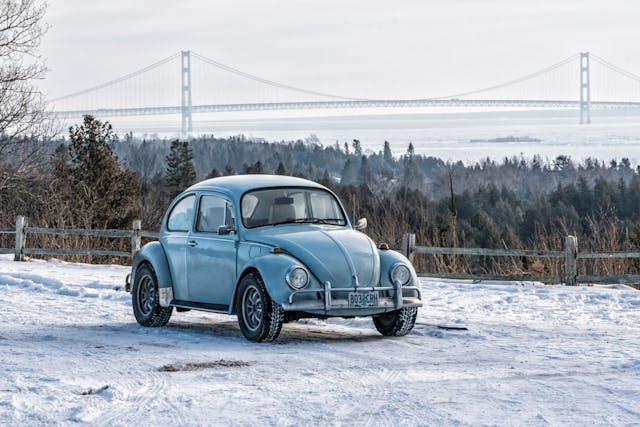
“The best car is also the worst car: A 1970 Volkswagen Beetle with a strong battery. You’ll need a good battery for all the times you stall it. Underpowered, with a twitchy clutch hinged up from the floor, not down from the dashboard, you master this car’s transmission, you can drive anything. It’s what I learned on: My next car was a new 1970 Ford Mustang Mach 1 with the three-speed manual. ‘Now, this is how it’s supposed to work,’ I said to myself.” — Steven Cole Smith, Special Projects Editor
It’s about clutch engagement
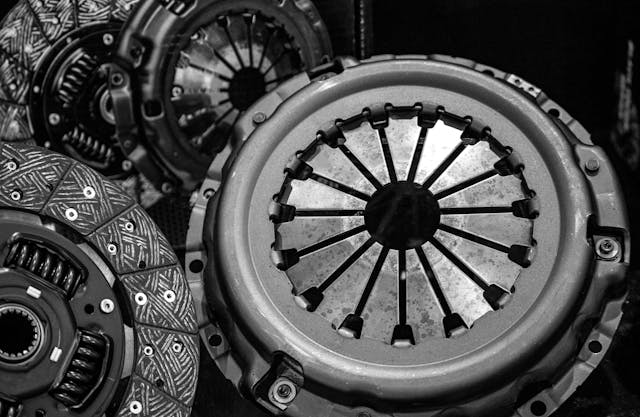
“Rather than share a specific car, I’d suggest a particular attribute: a clearly-defined pick-up point really enabled me to get comfortable with timing the throttle application, and learning the pick-up point is the first step I go over when teaching someone now. After learning on the driving school’s Chevy Cavalier, 16-year-old me spent a week in a Wrangler tooling around a farm in South Carolina. The clutch began to grip right in the middle of the pedal motion and the throttle was long, giving plenty of room to learn how much to rev. The dirt roads helped for when I was too quick with the gas or clutch release!” — Eddy Eckart, Senior Editor
Ford Model A
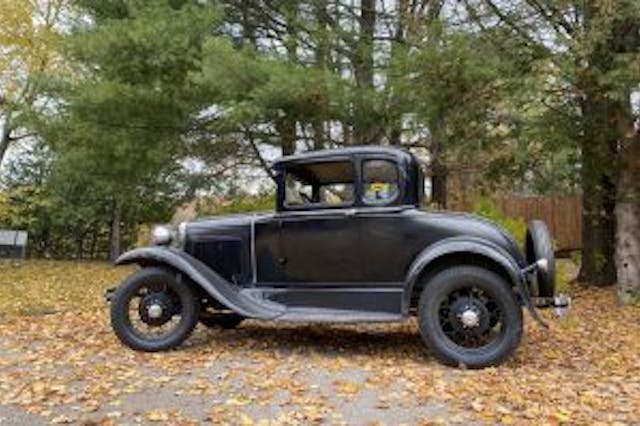
“Having taught literally thousands of people to drive on vintage and fun-to-drive cars as part of the Hagerty Driving Experience, my favorite car to teach in is a Model A Ford. It’s simple, durable, and has a 65-pound(!) flywheel. It takes effort to stall. Also, with the hand throttle you can easily set a nice high idle for someone who is struggling to release smoothly through the engagement point so they only have to focus on one foot, not two. It’s the basic skills of driving manual that translate right along to newer cars. Highly analog feel and feedback where new cars can often feel numb. Also, the Model A is just plain cool.” — Kyle Smith, Editor
Farm implements FTW?

“I learned to drive manual on a mid-1970s Satoh Bison tractor. Could barely depress the clutch pedal. Everything that came afterward seemed easy.” — Joe DeMatio, Senior Manager of Content
Whatever you got (Part II)

“I have a reluctant daughter to teach, and I’m using the Mustang for its hard(ish)-to-stall engine. Not perfect, but to Sam’s point, it’s what we have!” — Larry Webster, Editor-in-Chief
Big engine, light body, low first gears
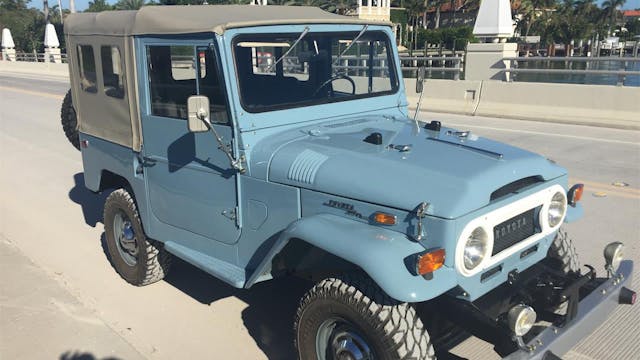
“I taught my two nephews to drive stick in a car with a big engine and a light body. They picked it up very quickly. Trucks with low first gears are also good to learn on. I learned on a ’78 FJ40, virtually un-stallable as long as you’re actually in first gear.” — Aaron Robinson, Editor at Large
Whatever you got (Part III)

“As long as it has three pedals, just go for it. Coming from a video/photo nerd (and as Sam said above), “The best camera is the one you have with you.” I think what’s more important is the mindset of the individual. If they’re there and they’re excited to learn a fun new skill, they’ll figure it out regardless of the car. If it’s somebody who has absolutely zero desire to ever learn, none of it matters anyway! I learned on a crappy ’80s Volkswagen Rabbit when I was 14, then honed my skills on a Dodge Neon R/T and 1974 Saab Sonett III from age 16–20 before ending up with a 1991 Honda Civic in college. They were all different, but also all the same. Lastly, I appreciate the fact that my dad wouldn’t let me get my drivers license until I knew how to drive stick!” — Ben Woodworth, Senior Video Lead
Scion xB

As for me, the Human-Machine Interface (HMI) is a concept I enjoy promoting when needed. And when teaching someone how to drive a stick? Ergonomic design is certainly appreciated, so here’s why the Scion xB (either generation) is the best choice:
- Central gauge cluster, so you can monitor a student’s throttle/clutch engagement without making them self-conscious by staring at their left leg.
- Lightweight hydraulic clutch, as there’s no massive engine needing a similarly brutal gearbox to match.
- Mediocre performance, as the xB won’t set any speed records, letting the student focus on technique.
- Modern safety equipment, saving everyone’s bacon if the worst happened during a session.
- Cheap to buy, cheap to keep running, as it’s a 2000s Toyota. (Honorable mention: versions of the Toyota Echo/Yaris with a tachometer in the central gauge cluster, plus the Yaris is a hoot to drive.)
And with that, we’d like to know, in your experience how right or wrong are our answers? Just don’t knock the Scion xB, you know I nailed it with that answer!
Check out the Hagerty Media homepage so you don’t miss a single story, or better yet, bookmark us.



I had a 1968 XKE when we got married. All she had to was let out the clutch, the XK engine did the rest. I taught the daughter in my 1991 SHO. She did have to coordinate her feet more than her mother did. The Jaguar was the best, easiest car for lessons. All that torque and low weight.
You got close with the FJ40, so to that, I recommend a Jeep Wrangler with the 4.0 I-6. Had one. Never stalled it once. You could have it in first, pop the clutch without a foot near the loud pedal and it’d chugga chugga up to 5-6 mph just fine.
I was a 4WD enthusiast during the years that my five kids were “coming of age”, driving-wise. Although I had Jeeps and sometimes more aggressive off-roaders in the stable, I almost always seemed to have a Toyota pick-up with 22r motors and 4 and 5 speeds around. Every one of those kids learned in one or more of those trucks, and I highly recommend something similar. The 22r seemed to be an almost indestructible engine (especially in the ’80s), and the gearing and clutch release seemed to be especially friendly to inexperienced learners.
’47 Willys CJ2A. My kid and all his buddies learned to drive in our Willy’s. They learned in the back yard. I have the pill removed from the t-case so they can use low range and 2WD. Dump the clutch and go in 1st, 2nd or 3rd.
I started with mowing the yard on a Commander 110 (?) and driving the Massey Fergusion 135 tractor blading the driveway with a landscape box. Then Dad bought a 1960 NEKAF M38A1 from a surplus dealer in Ohio; yes my dad actually turned me loose in this to learn to drive, and do donuts in the back yard while he was not home (I am blessed to own all 3 of these). The best automotive anti-theft device on the market today is a vehicle with 3 pedals……
At this point it is what ever you can get your hands on.
A 47 Willys was my first experience then a VW beetle before I had a license. I then went to a medium duty GMC when I did have a license.
To be honest the large truck was the easiest to drive.
+1 for the ‘sink or swim’. Never learned to drive a stick but bought a SAAB Viggen on a Saturday but had to be at work on Monday tackling Boston rush hour. The pressure got to me and I stalled several times that day. Odd thing was it was the only time I experienced polite drivers in Boston. Not a single time did I get a horn honk or anything like that.
Taught my 2nd Daughter in a 88 Cavalier Z24 that I bought for her. An hour of instruction and let her loose ( she was my “shifter” in my Chevelle SS from 4-1/2 years old and s-10 since 6 years old so she knew the shifting part. Clutch was still in the car when she sold it a couple years later. Good times!
I learned on a 60something Chevy truck, start off in 2nd (1st was the “granny” gear) mustv’e been a 30lb clutch, 14 inch throw at the top of the stick. But before that, I learned the basics of clutching on a dirtbike. all the same idea, but spread out to more limbs and actually easier to learn that way.
I don’t have either of those for my kids, but we do have a first gen Boxster. We bought the Boxster specifically because we wanted our kids to learn how to properly drive a car. Full analog, no traction control. But it is OBD2 so the ECU is kind enough to keep the engine from stalling…on level ground you can let the clutch out slowly, feel the engagement, and the ECU kicks the throttle just enough to get and keep you moving without any throttle application. Unbelievable how easy to teach with the low speed manners, and became even easier to drive/teach in after replacing the clutch; the pressure plate design reduced the clutch weight by about a third, the Boxster is as simple as my ’87 Tercel to operate at ordinary speeds. However, after learning the basics on a very docile drivetrain, I can also teach actual race car technique simply by changing the shift point from 3500 rpm to 7000 rpm, and the Boxster is perfectly set up for heel-toe…I heel-toe downshift as a matter of habit for ordinary driving, and I never let anyone just let out the clutch to wind up the motor when downshifting, always at least rev-match before dropping the clutch!
Seriously, the Boxster was so surprising how much like a Prelude or Corolla to shift at low intensity, and how much of a serious track toy it becomes when kicked to max…or just rolling thru a green left arrow at the speed limit, after banging out a nice heel-toe! You can teach ALL shifting techniques from parking lot maneuvers to 7000 rpm downshifts while keeping above 4500 rpm. Easiest fast car this side of a Civic R Type! ADDDED BONUS: There really is nothing like a mid-engine momentum car for teaching car control.
I learned on an ford 8n in second grade , had to stand up to drive though. Then a 52 Desoto and 58 Ford, and model A. My daughters on a 87 Ford Ranger, very tricky clutch, I even would stall it once in a while. But, after that they could handle anything! My 15 1/2 grandsons are learning on my 64 corvette, 52MG TD, 36 Ford pickup, and 67 MGB. Figured they might as well learn on them as some day they will be theirs.
1963 Willys Jeep. Clutch as smooth as a 49 cent bottle of wine (but then I was only 15 years old, so how would I have known?). My children both learned to drive and too their road tests in an 02 Passat Wagon – V6/5 speed.
Learned to drive on a 1961 C60 dump truck. It was the best! Taught nine children to drive on 1983 VW GTI’s.
Here’s my method which I consider to be quite effective:
1 – Sunday morning at deserted large parking lot.
2- Relax … both student and teacher.
3- Learn the friction point!
4- Learn the friction point!!
Learn the
oops… hit the wrong button in the middle of the post. So, to finish…
5- Learn the friction point!!!
6- Repair transmission because neutral was as large as Idaho.